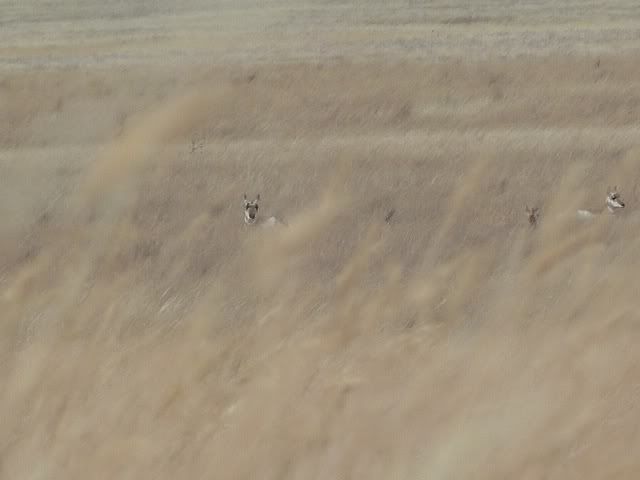tg said:"The point-blank aiming concept is a simple definition and doesn't depend on any particular velocity. It is defined as the range at which the ball falls as far below the line of sight as it was above it at its highest, the mid-range trajectory. That means that it works for any velocity, and it doesn't matter whether you are talking about a flat trajectory or a looping one."
The more I think about it and I think for hunting usage the tragejectory must be flat enough so that anywherefrom the muzz to the sighting distance the ball falls in the kill zone of the Deer, when the same poa is used. I cannot recall being able to do this with 30 gr 3f in a .58 rifle sighted at 100 yds?
Your last paragraph gets it exactly.
Point blank is valid for a GIVEN RANGE. Point blank is the range at which no change in sight picture is needed. To kill the deer you hold in the middle and squeeze the trigger. The ball should not rise or fall out of the kill zone of the deer (or what ever game) at the maximum point blank range.
If the velocity is low the point blank may be 40-50 yards for deer.
If its high it may be 130 yards.
The fast twist, low velocity English and European rifles may have 3 leaf rear sights, a fixed bar for 50, a leaf for 75 and another even higher for 100.
An American rifle only requires one fixed sight for all these ranges and perhaps a little more. The English rifle has a very short point blank range. The American rifle has a long point blank range for a BP firearm.
THIS is the advantage of the high velocity load. Killing power is not the primary reason for a HV load. Its the ability to hit a target an unknown ranges.
A 54 caliber RB, for example, will kill deer at 800 fps. However, launching it at 800 makes for a very short point blank range. Launching it at 1800 makes it possible to easily hit a deer at a distance where the velocity has fallen to under 1000 fps.
Dan





